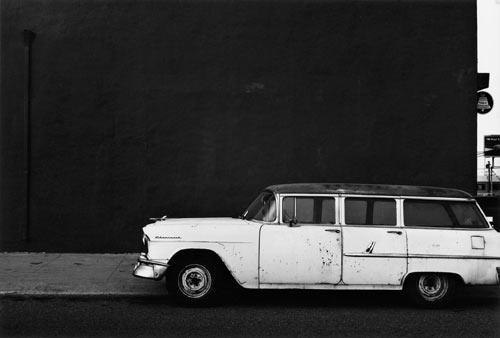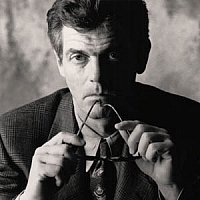
Galerie Thomas Zander Schönhauser Str. 8, 50968 Cologne, Germany Tel. +49-221-9348856 Fax +49-221-9348858 mail@galeriezander.com www.galeriezander.com
The exhibition “New Topographics” presented at the George Eastman House in Rochester in 1975, introduced a new area of conceptual photography and at the same time coined its name. It constituted a photographic tradition, in which the central subjects, motifs and practices of conceptual art at the time, especially of Land Art, became particularly distinctive. Lewis Baltz, who took part in the show together with Stephen Shore, Bernd and Hilla Becher and Robert Adams, is recognised as one of the key figures in contemporary US photography and carried out the ideas of the “New Topographics” like no other photographer. The conceptual practices of Land Art and other paradigmatic strategies of art, especially from the 1960s and 70s, are interwoven within his œuvre. Galerie Thomas Zander presents seminal examples from this body of work. The topographic dimensions of Lewis Baltz’s photography in its sociological and analytical rigour is explicitly set at the core of his series Candlestick Point (1989). The New York curator Marvin Heiferman appropriately characterised Baltz’s landscape photography as a “topography of the emptiness of random, damaged, remote places”. The images show Californian fallow land, where piles of rubble and waste accumulate in the middle of the prairie. The sharp contours of the horizon cut through an almost white sky.
Traces of technical land development – drainage channels and water dams – are visible, becoming a typically American theme: the development of a territory in the almost infinite prairie. Just as Robert Smithson symbolically marked closed down, marginal economic zones and as Michelangelo Antonioni made the desert an emblem of the fringes of civilised order in his film Zabriskie Point, so Lewis Baltz’s photographic records of the development at Candlestick Point move between social inscription and the open landscape. Some piles of rubble in Lewis Baltz’s images may allude directly to the sculptural strategies of Robert Morris’, Michael Heizer’s of Robert Smithson’s Land Art; they are meaningfully charged points in the midst of a vast land, focussed and skilfully executed. The view of the material that has accumulated in the prairie and the abstract forms of the sparse eucalyptus trees is stark and geometric. Space is created by a clash of formal precision and remote meaning. While the series Candlestick Point is strongly oriented towards the tradition of Land Art, and retrospectively pays tribute to its crucial influence on the conceptually ambitious art since the 1970s, the Prototype Works (1966-1976) are a photographic approach to the experience of Minimal Art. Baltz’s analytical consequence and architectural interest create abstract special segments which take into photography the contemporary notion of art as an object within space: cylindrical lamps, the bodywork of a car or the wave-like prospect of ploughed fields. While Donald Judd’s installations are purely artificial objects and incorporate the space of the viewer, then Lewis Baltz’s Prototype Works on the other hand open a real space, a space however, which is not physically shared by the viewer. It is exactly for this reason that his Prototype Works are in a disconcerting way both familiar and unfamiliar to the viewer.

